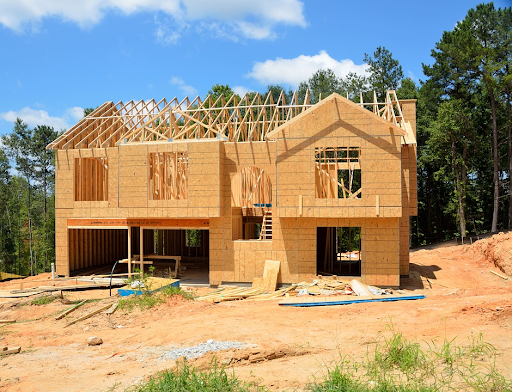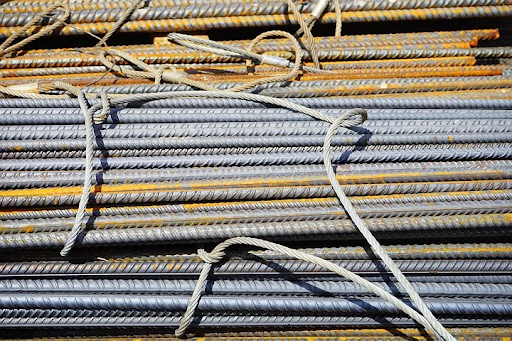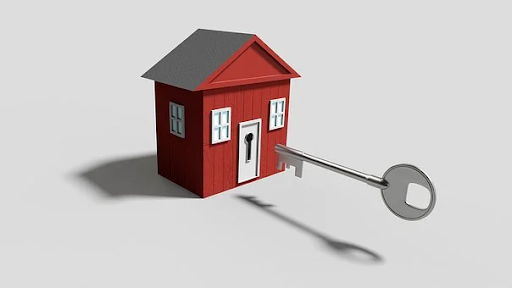
Building homes once took months—even years—to complete. But manufactured homes are a modern alternative that combines speed, cost-efficiency, and quality. Built in off-site facilities under controlled conditions, these homes cut down labor time without sacrificing durability.
On average, manufactured homes can be completed in just a few weeks to a few months. This time frame depends on factors like home size, customizations, and the specific design choices. By beginning the process now, you’re giving yourself plenty of time to have everything in place for spring—perfect timing to enjoy your new home as the season blooms.
The Development of Mobile Homes and Manufactured Homes
For clarity, mobile homes and manufactured homes are sometimes seen as the same thing. This reason is that they both offer a low cost and flexibility that isn’t seen in traditional housing models.
Mobile homes were first introduced in the 1920’s, crafted in response to the growing demand for more homes at faster speeds. These housing units are also favored for their ability to be picked up and moved to a new location. While mobile homes have fallen over the past few years, there are still nearly two million strewn across the United States.
Manufactured homes are the natural conclusion of flexible mobile homes and developing technology. Similar features such as ICF blocks have also risen in popularity.
Related: The Ultimate Mobile Home Maintenance & Repairs Checklist
What’s the Difference Between a Manufactured Home and a Modular Home?
These two home units are also pretty similar on the surface. They’re built quickly and efficiently while not being a traditional housing unit.
The manufactured home is built off-site in a manufacturing facility, then later transported to the final location. The modular home is built on-site, which comes with its own ups and downs.
Let’s take a look at the benefits of each housing process.
The Manufactured Home Gets a Controlled Environment
Building a manufactured home in a well-regulated facility has numerous advantages. The production line stays clean and protected, free from delays due to weather or material shortages. With all materials on hand, the project flows smoothly, allowing your new home to be built more quickly than traditional construction methods would allow.
If you’re planning to move in by spring, ordering your manufactured home now gives you the best chance to hit that target move-in date!
Related: Mobile Home Investing: 2022 Guide
The Modular Home Saves a Trip
The location is one advantage the modular home has that the manufactured home doesn’t. Since modular homes are built on-site, they’re also finished on-site.
No transportation needed!
It’s vital to ask for professional help on your home buying journey. We’re proud to offer you specialized insight into home loans, budgeting, and building.

How Long Does it Take to Build a Manufactured Home?
The time needed to build a manufactured home ranges from a few weeks to a few months, depending on the home’s size and any custom design features. Larger homes require more materials, and unique requests can extend the timeline. Starting the process early allows for all the details to come together smoothly. If you’re aiming to move in by spring, beginning now helps keep your project on track for a timely and seamless completion when warmer weather arrives. Here’s a look at each step to show you what to expect.
Putting Together the Design Process
The first step of the process is to design the house from the ground up. More specifically, as close to the ground up as the manufactured home process will allow.
Gathering Essential Materials
A functional house needs several durable materials to hold up to the elements and the test of time. The manufacturing process often comes with pre-set materials used at a moment’s notice.
Putting Together Each Section
Manufactured houses use a set of skilled workers to fill out each section. You’ll have plumbers working on the bathroom, electricians putting together the lights, and carpenters fitting in the flooring.
Topping Off the Home With Polishing
A comfortable home needs proper drywall, paint, and polishing to look its best. Once everything is in place, this second to final step will bring everything together.
Testing the Home to Be on the Safe Side
What does it look like to test a manufactured home? The workers at the manufacturing plant will run the home through tests set to rigorous standards by HUD (Department of Housing and Urban Development).
These tests will determine how well the house holds up to wind, rain, and pressure.
Transporting the Home Safely
Once the manufactured home is finished, it needs to be transported to its destination and put together. This step also includes crafting the foundation to nail everything down.
Related: Top Mobile Home Myths

Start Planning Now for a Spring Move-In!
If you’re hoping to settle into a new manufactured home by spring, the best time to start planning is now. While manufactured homes are built faster than traditional homes, key steps—such as finalizing the design, arranging financing, and scheduling production—require early preparation to ensure everything is completed on time. Starting now also opens up more customization options, so you can truly make the home your own without rushing through choices.
Which housing unit is best for you? Contact us today for professional insight into housing loans and housing assistance programs.





